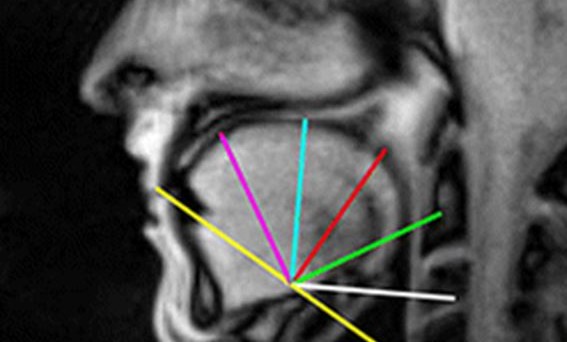
The field of movement disorders has undergone a remarkable transformation in the last two decades. Genetic causes of Parkinson’s disease and dystonia (movement disorders that cause muscle spasms and contractions) have rapidly advanced our understanding of the biologic mechanisms underlying these disorders, and have changed the clinical care of patients.
Deep brain stimulation has emerged as a safe and remarkably effective treatment for Parkinson’s, essential tremor and dystonia patients, shaping our approach to the clinical management of these movement disorders.
BioMed Central launched Journal of Clinical Movement Disorders as a new open access journal in October 2014, with the aim of making high quality publications available to the broadest possible audience within the fast-moving field of movement disorders.
I’m proud to say our Editorial Board now features more than forty world authorities from over nine countries with expertise across all fields of clinical movement disorders.
Particular highlights
Within the last year, several novel articles have been published within the journal. Of particular note, Iltis and colleagues published a beautiful study of embouchure dystonia in horn players, using a remarkable imaging technique that allows visualization of muscles and structures in the oral cavity using MRI.
The journal also recently published a practical guide by Termsarasab and colleagues reviewing the value of saccades (rapid eye movements designed to shift the fovea to objects of visual interest) as a diagnostic tool in movement disorders.
One of the great strengths of Journal of Clinical Movement Disorders is the ability to integrate video demonstrations directly into the open access articles.
These articles are but two examples of the kind of publications that we hope to attract in the coming year. We are particularly interested in novel or controversial areas within movement disorders, and in translational approaches to diagnosis and treatment.
One of the great strengths of Journal of Clinical Movement Disorders is the ability to integrate video demonstrations directly into the open access articles, allowing readers anywhere in the world to instantly benefit from the expertise of contributing authors.
The benefits of open access
We are also particularly proud that a high proportion of journal accesses have come from the developing world, illustrating the wide reach of open access publishing. We believe it is vital to reach out to all researchers worldwide to advance 21st century neurology.
We hope that you will enjoy the beautiful layout that BioMed Central has engineered for the journal. We welcome your feedback and suggestions for topics you would like to see featured Journal of Clinical Movement Disorders, and we hope that you will keep up-to-date on future publications by signing up for article alerts.
Comments